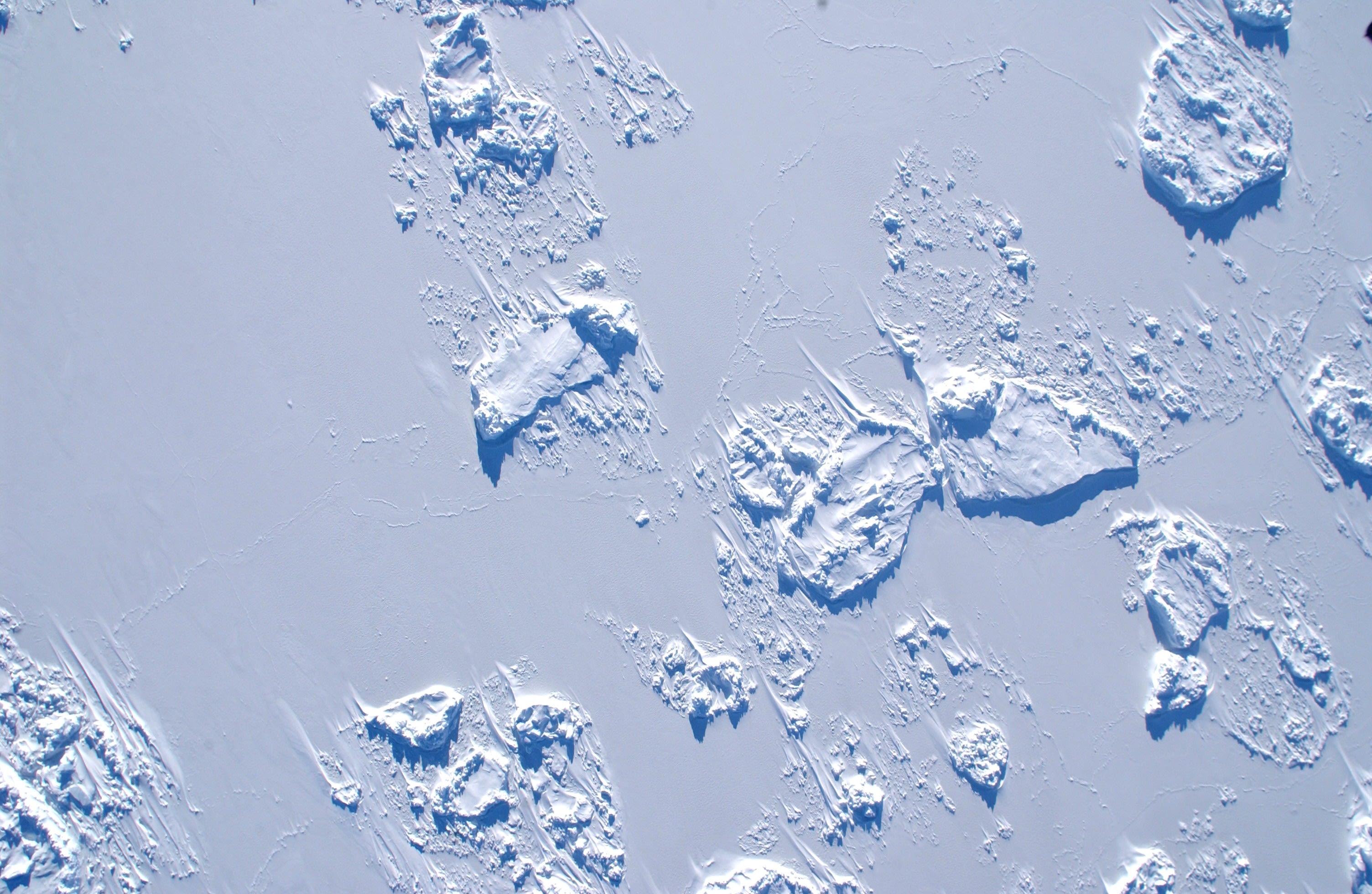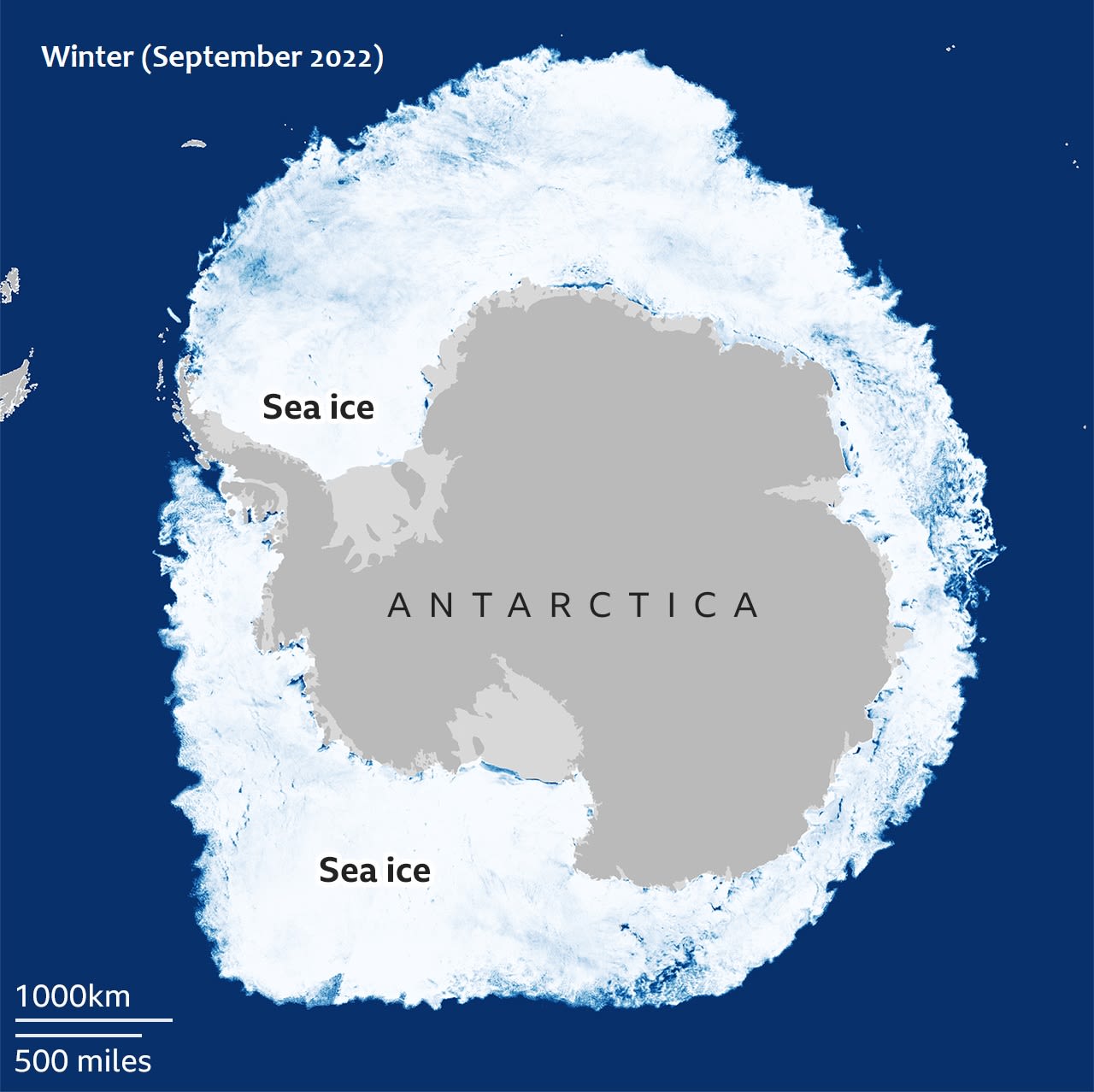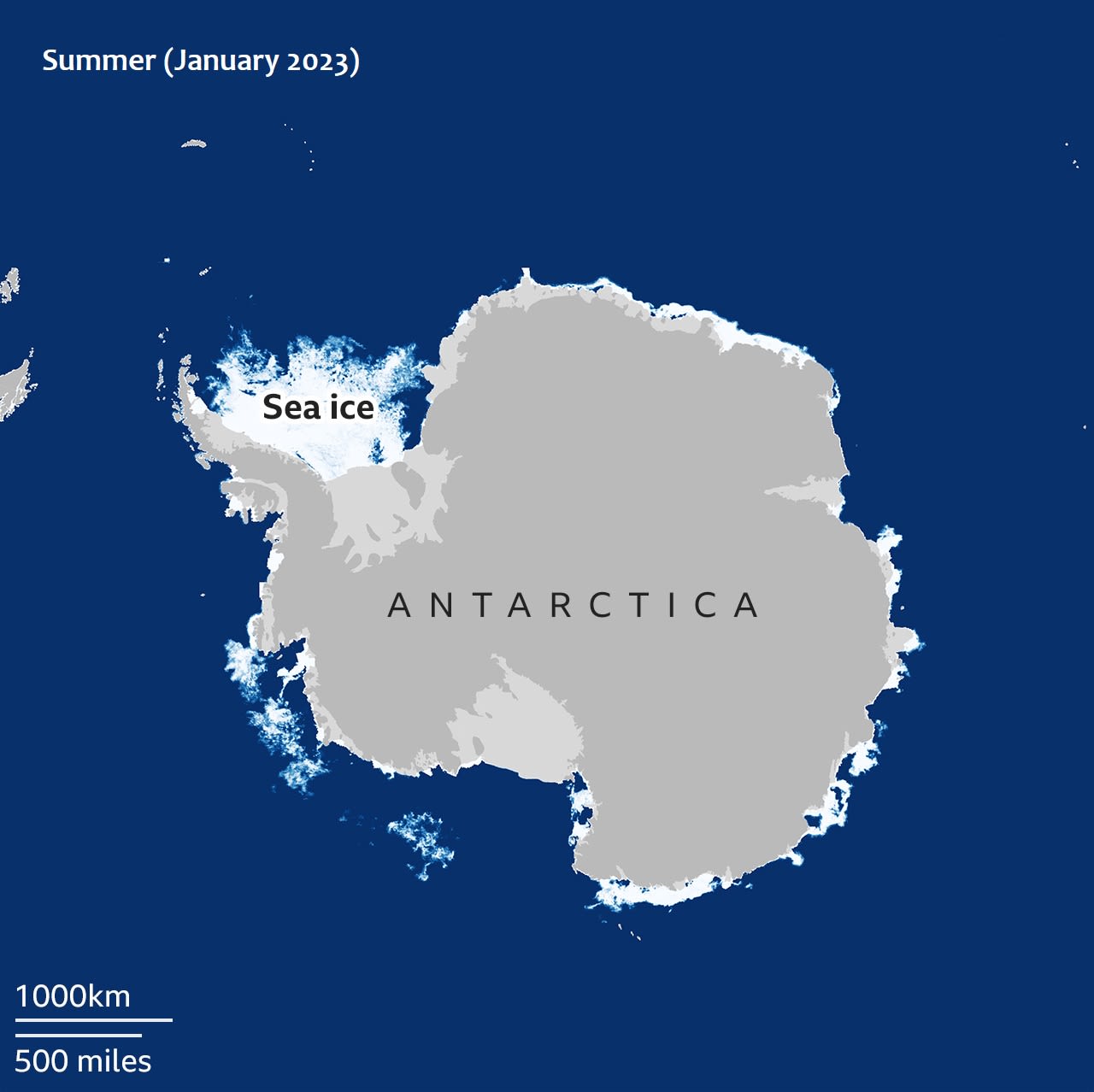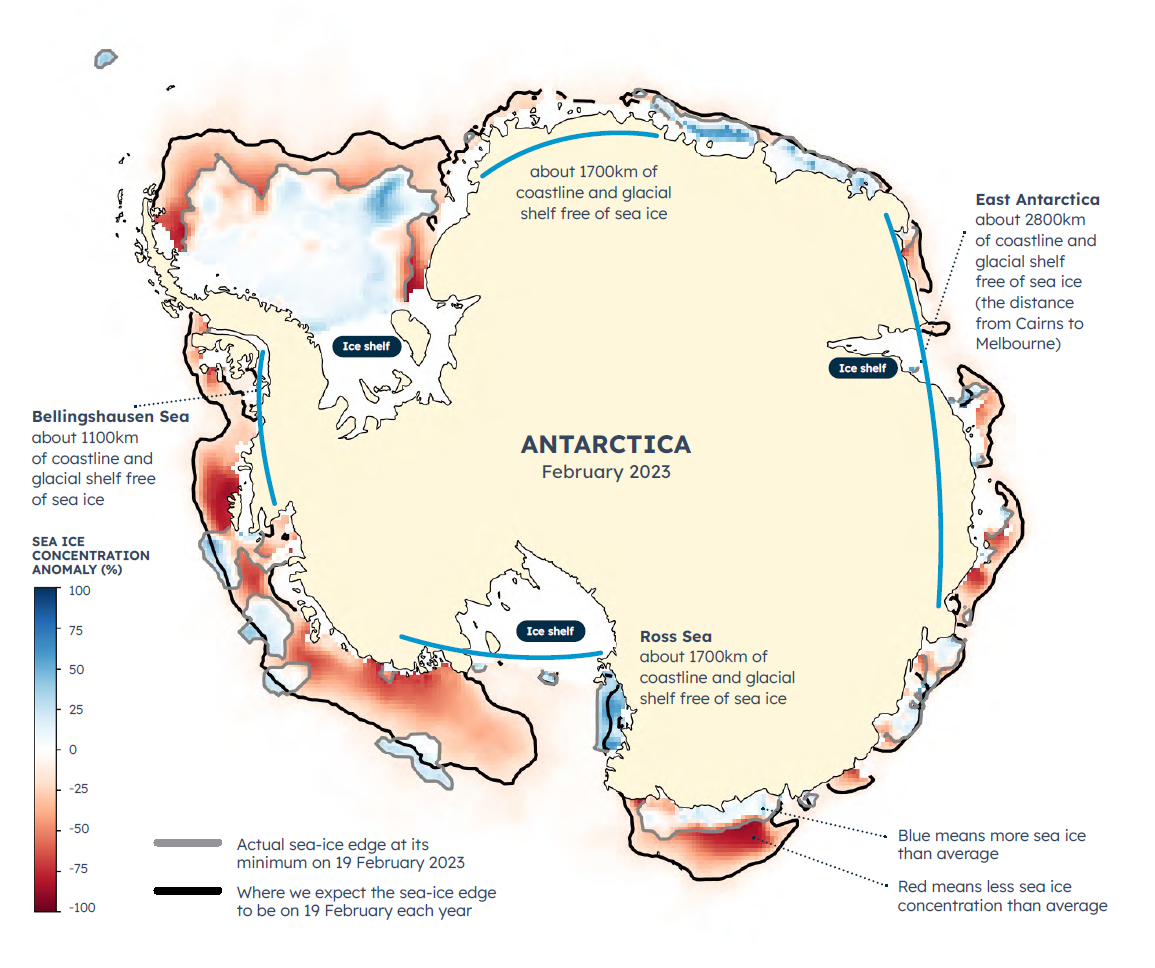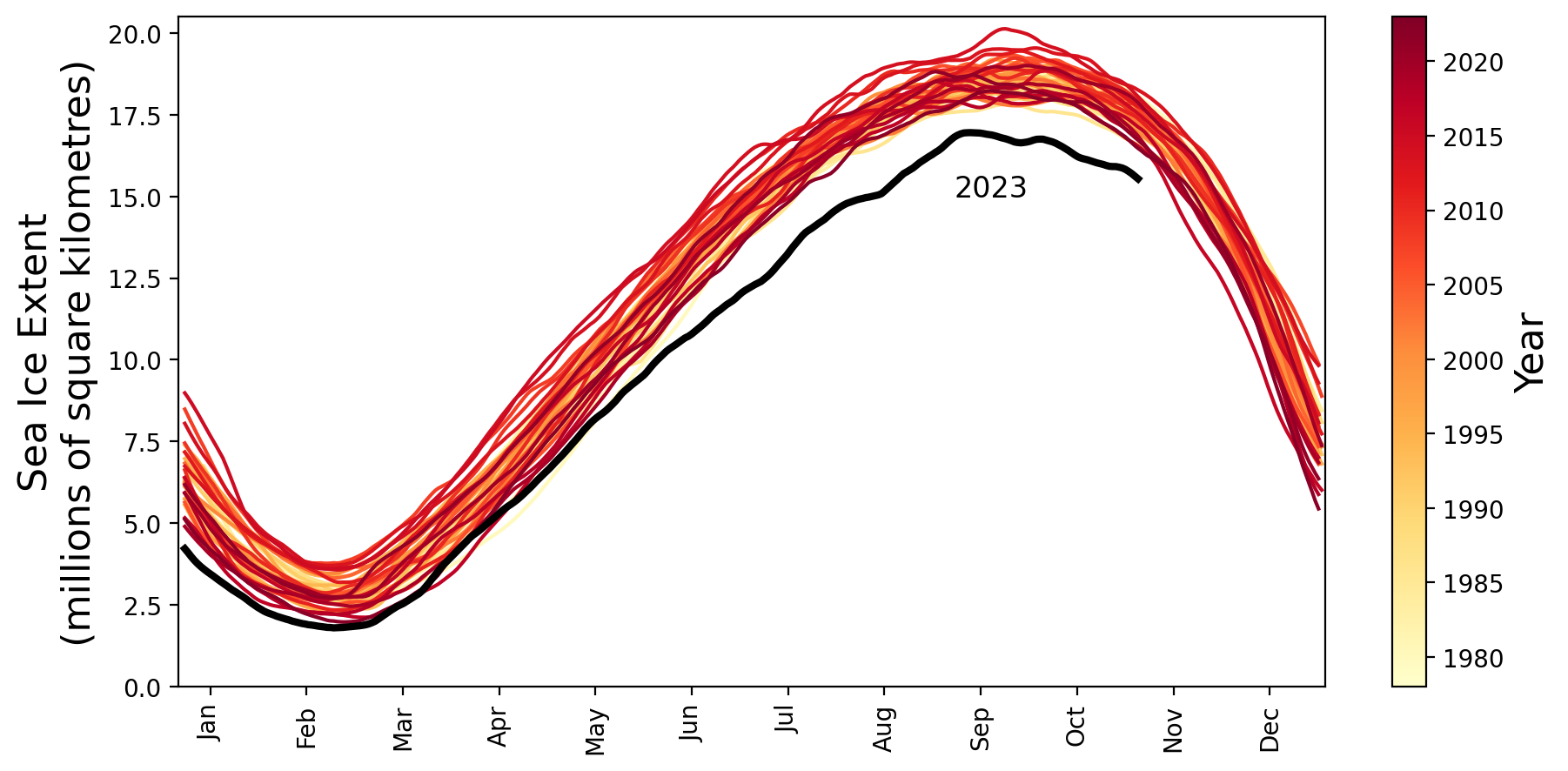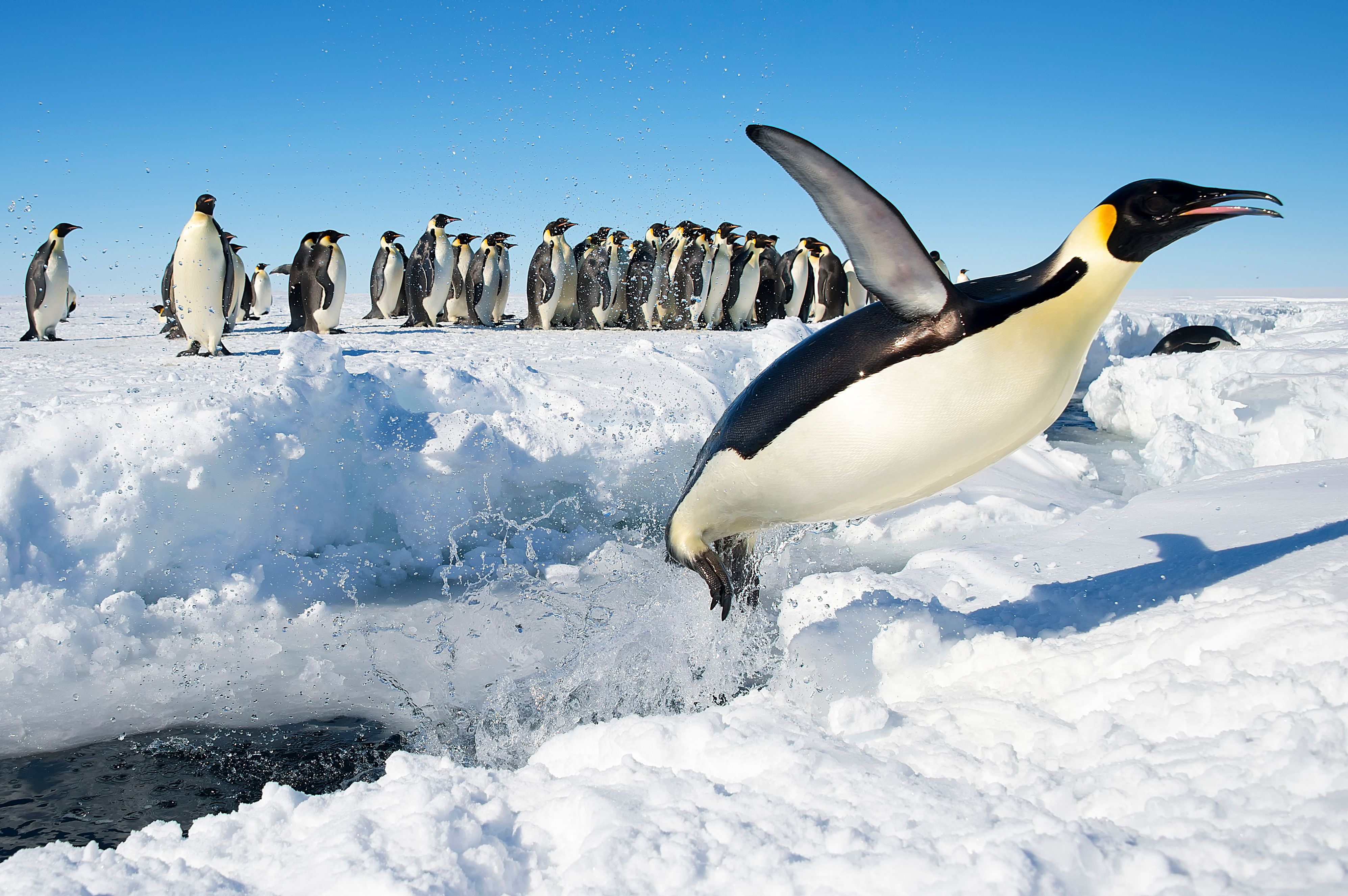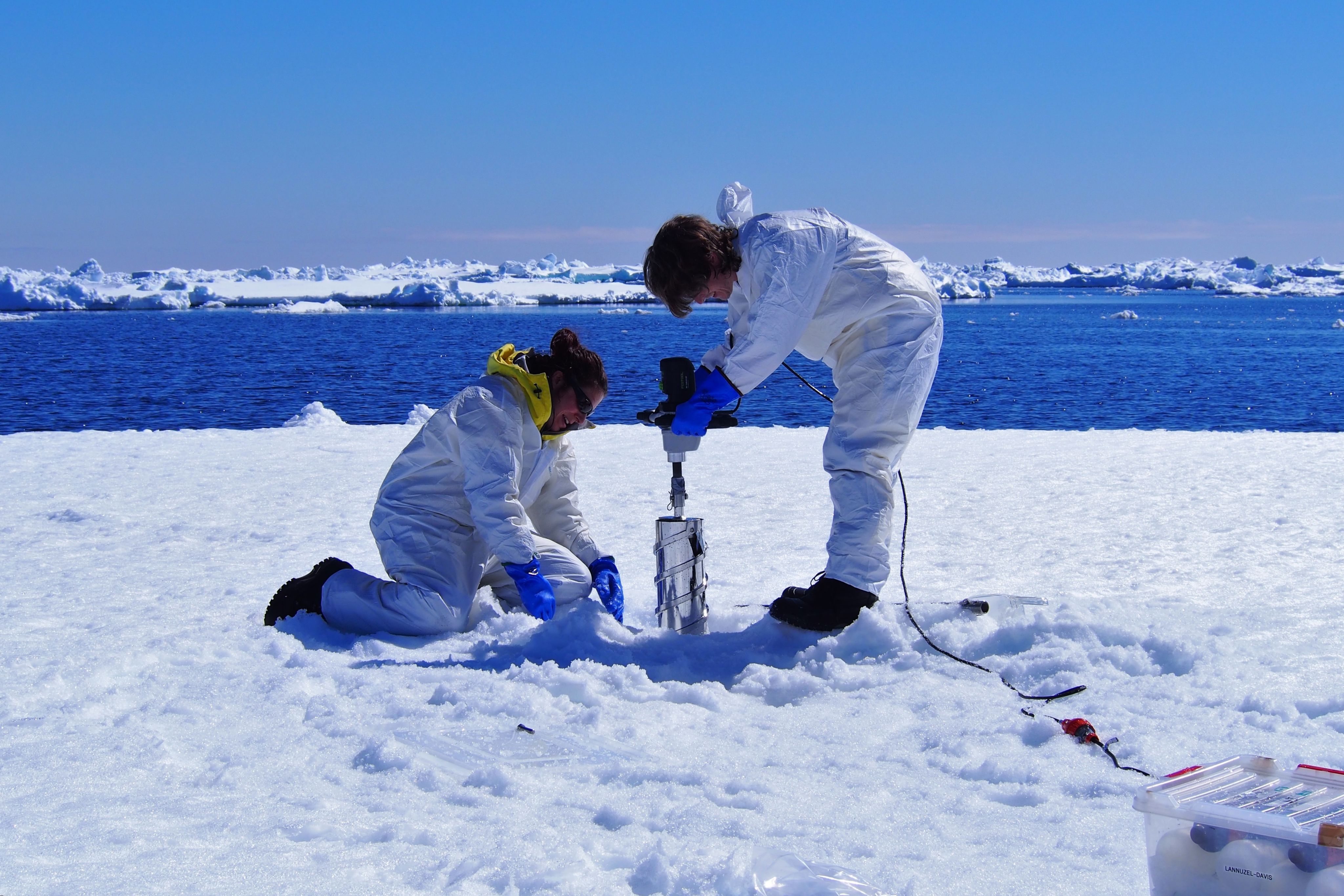ON THIN ICE
A science briefing about changes in Antarctic sea ice
November 2023

Every year the ocean around Antarctica freezes and thaws, in one of the largest seasonal cycles on Earth.1
Antarctic sea ice makes the planet tick – a cooling sunshade, an insulating blanket, a unique habitat, a protective wall, a global ocean pump.
The rhythmic cycle of the Southern Ocean freezing and melting is like a heartbeat.
Just as a change in our heartbeat affects our whole body, a change to sea ice around Antarctica affects the whole world.
This life-support system for Earth may be faltering.
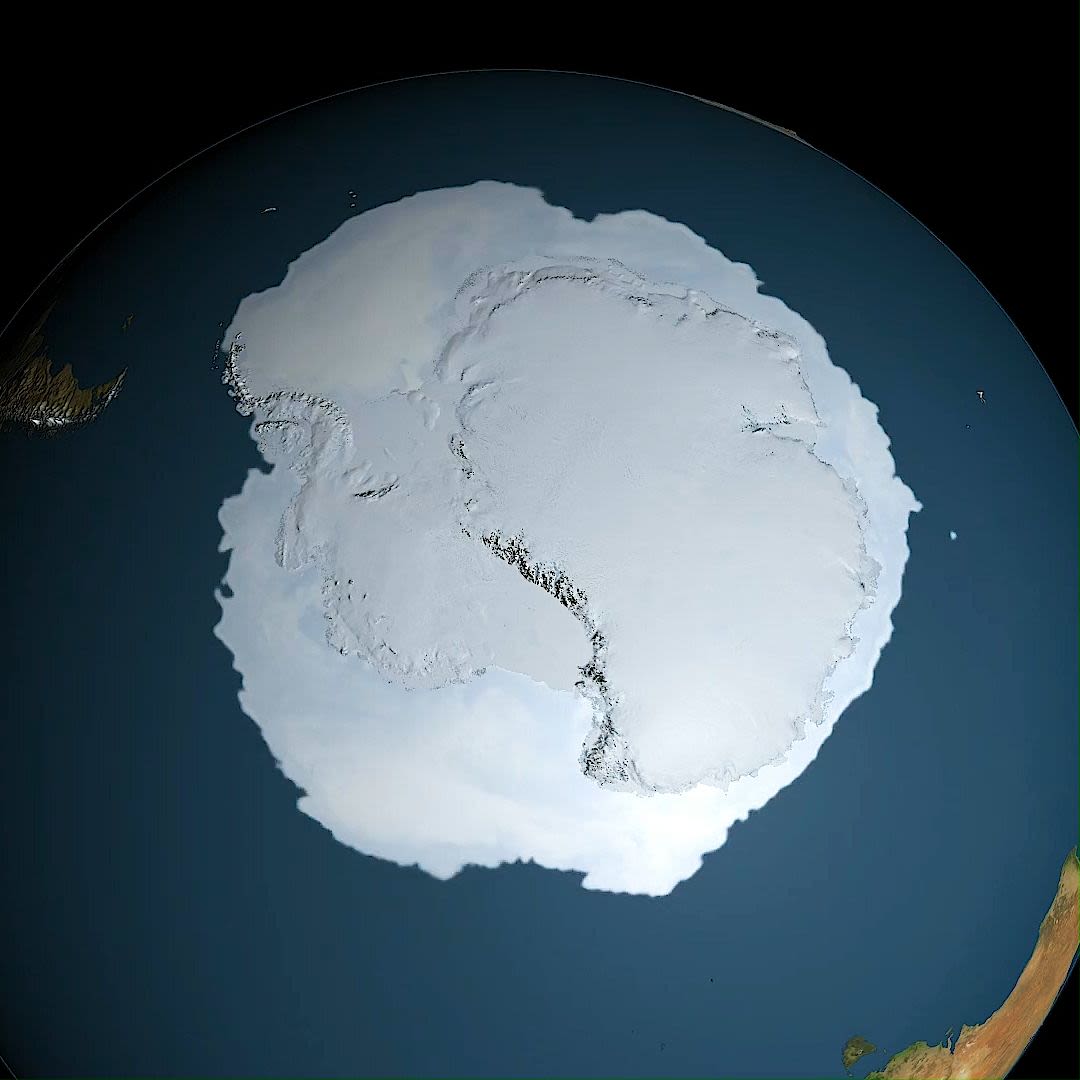
Why does sea ice matter?

At the winter peak, an area of the Southern Ocean nearly three times the size of Australia is covered by a thin layer of frozen sea water, which shrinks to about a fifth of that in summer.
The massive annual pulse of freezing and melting plays a crucial role in regulating our climate and the ocean currents.
Sea ice forms when the temperature of the ocean surface falls below –1.85oC (the freezing point of surface seawater).
TThe Southern Ocean is a pumphouse for the planet – as sea ice freezes it produces vast amounts of dense salty water that sinks, which drives the exchange of heat, oxygen, carbon and nutrients between the surface and deep waters around the world.
This pump means that the Southern Ocean alone absorbs 16% of our CO2 emissions3 and approximately half of Earth’s heat gain.
Sea ice and its snow cover form a protective shield that reflects incoming solar radiation and keeps temperatures cool. When sea ice is reduced, more of the darker ocean surface is exposed and more solar energy is absorbed.
The ice also acts as an insulating blanket that reduces heat exchange between the ocean and the atmosphere.
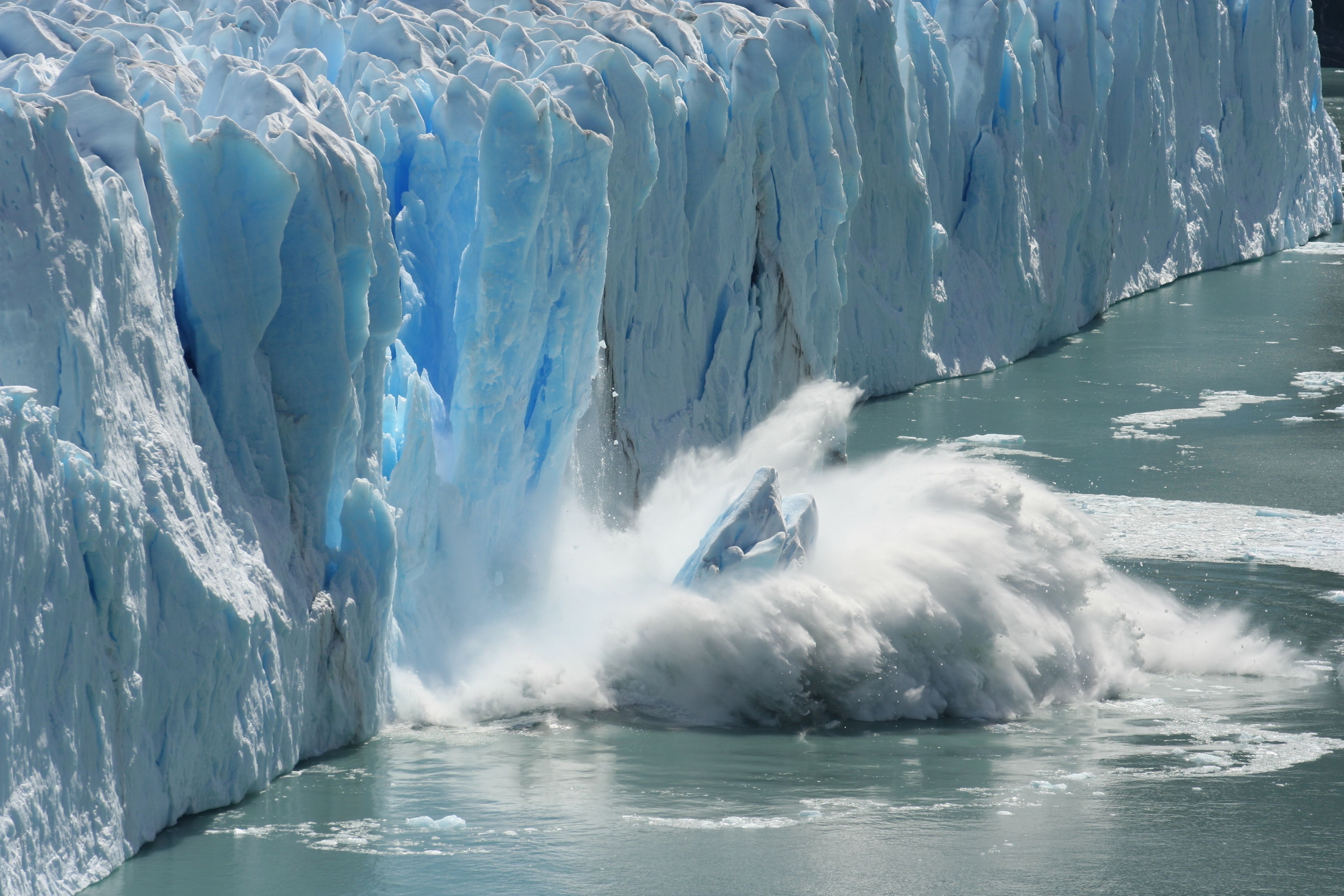
Sea ice helps to protect floating ice shelves from damage by ocean swell.4 Ice shelves buttress the glacial ice sheet on land, slowing its slide into the sea and its contribution to sea-level rise.5


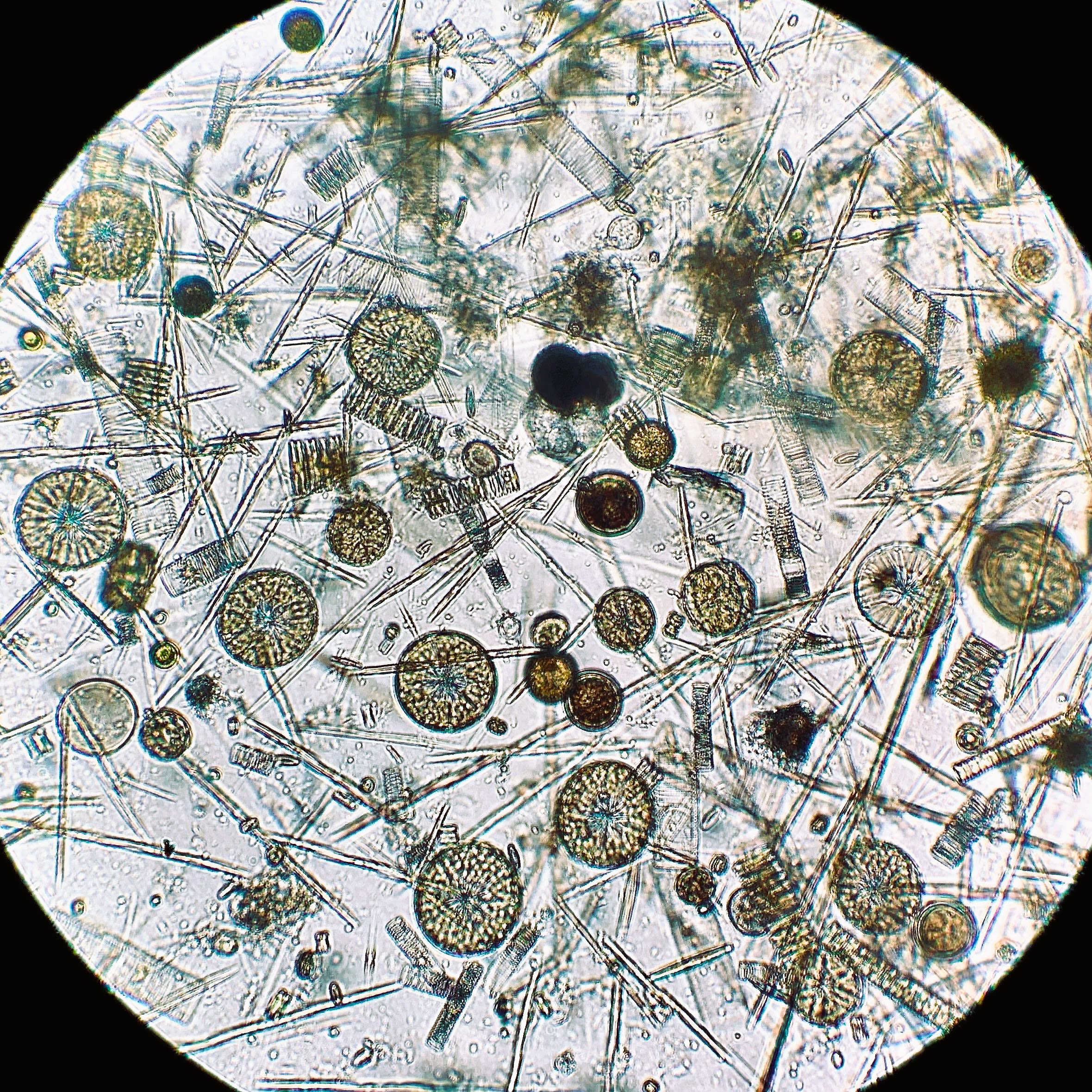
Sea ice is to life in the Southern Ocean as soil is to a forest.
Sea ice itself provides a habitat for diverse and abundant marine life, ranging in size from microbes to the largest animals on the planet. The Southern Ocean hosts more than 9,000 known marine species11 (about as many as the Great Barrier Reef), most of which are found nowhere else on Earth.12
Antarctic sea ice is rich in iron, which fertilises the Southern Ocean where it melts in spring. The large blooms of microscopic algae along the retreating sea-ice edge are the foundation of the Southern Ocean food chain and contribute to the storage of carbon in the deep ocean.
How is sea ice changing?
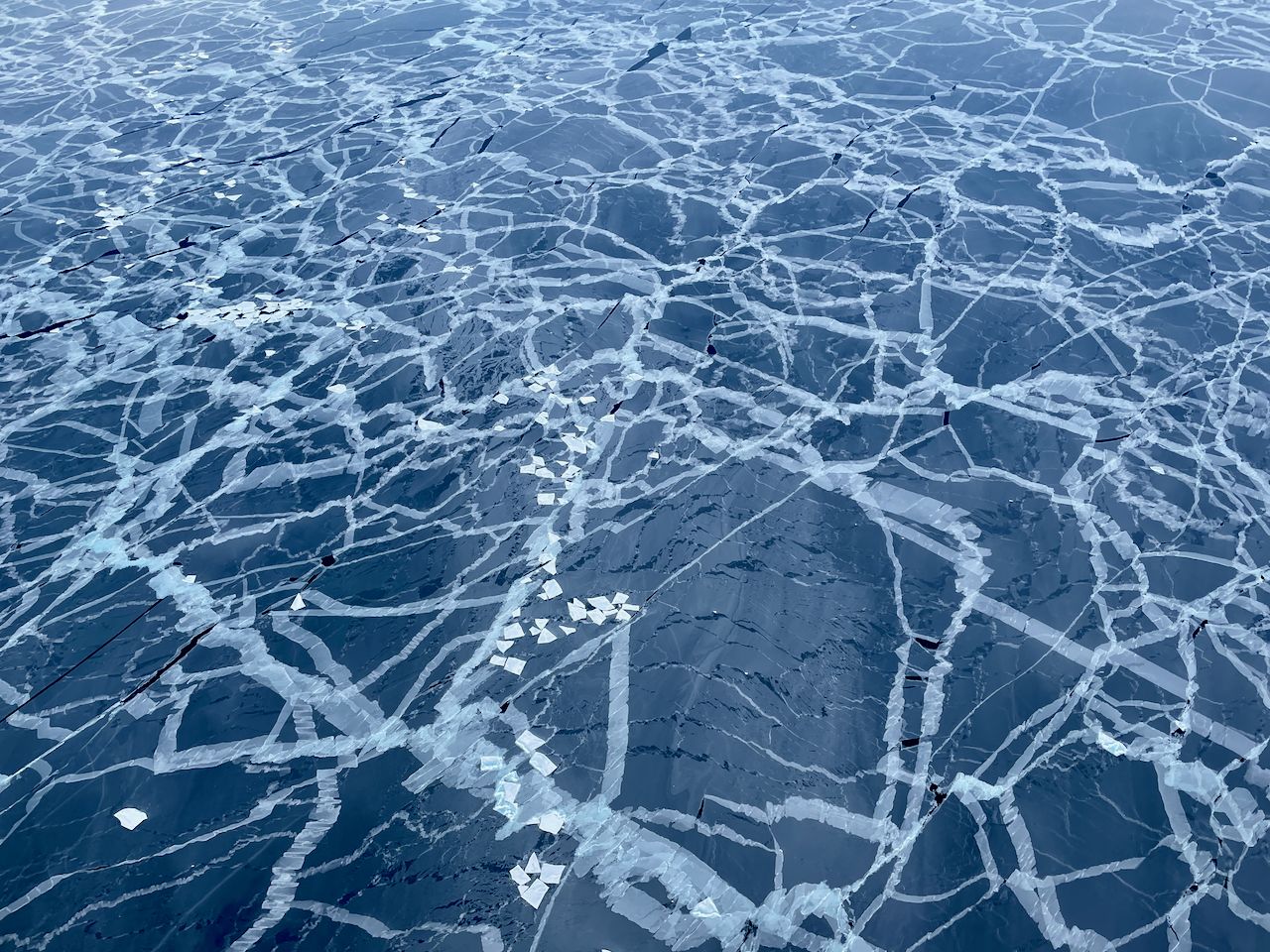
For many years, while the Arctic lost sea ice, the Antarctic did not, with gains in some areas and losses in others. Then, in the spring of 2016, overall Antarctic sea-ice coverage dropped dramatically. Over two years, the Antarctic lost as much sea ice as the Arctic had lost in three decades. Since then, Antarctic sea ice has been below average most years.
In the summer of early 2023, Antarctic sea ice was the lowest on record. On 19 February 2023, Antarctic sea ice set a new record minimum, 36% below the 1979–2022 average for the summer minimum.
Antarctic sea ice at summer minimum in February 2023: far more red than blue, showing less sea ice than average
Antarctic sea ice at summer minimum in February 2023: far more red than blue, showing less sea ice than average
With the arrival of winter, the surface of the ocean has frozen into sea ice at about the same pace every year since satellite measurements began in the late 1970s, even following low sea-ice summers.
But this winter, at the coldest and darkest time of year, Antarctic sea-ice extent remained exceptionally low. During the winter growth period, large areas of sea ice failed to freeze. For most of winter there was approximately 2.5 million square kilometres of sea ice missing, an area the size of Western Australia. At the 2023 winter maximum on 10 September, there was still 1.5 million square kilometres less sea ice than normal.
For most of 2023, especially winter, Antarctic sea ice extent has been the lowest on record (graph: Edward Doddridge)
For most of 2023, especially winter, Antarctic sea ice extent has been the lowest on record (graph: Edward Doddridge)
There are strong indications that a regime shift is under way in the Southern Ocean. Recent research shows that since 2016, ocean warming due to global heating has pushed Antarctic sea ice into a new state of diminished coverage that it will struggle to recover from.6
In 2016, the Southern Ocean entered a new state of abnormally low sea ice extent (graph: Ariaan Purich)
In 2016, the Southern Ocean entered a new state of abnormally low sea ice extent (graph: Ariaan Purich)
Ocean warming is changing the processes that drive sea-ice formation and melt. The atmosphere is the dominant influence on sea ice over timescales of days to weeks, while the ocean around and underneath the sea ice contributes to longer-term variability.
What are the consequences of
sea ice loss?
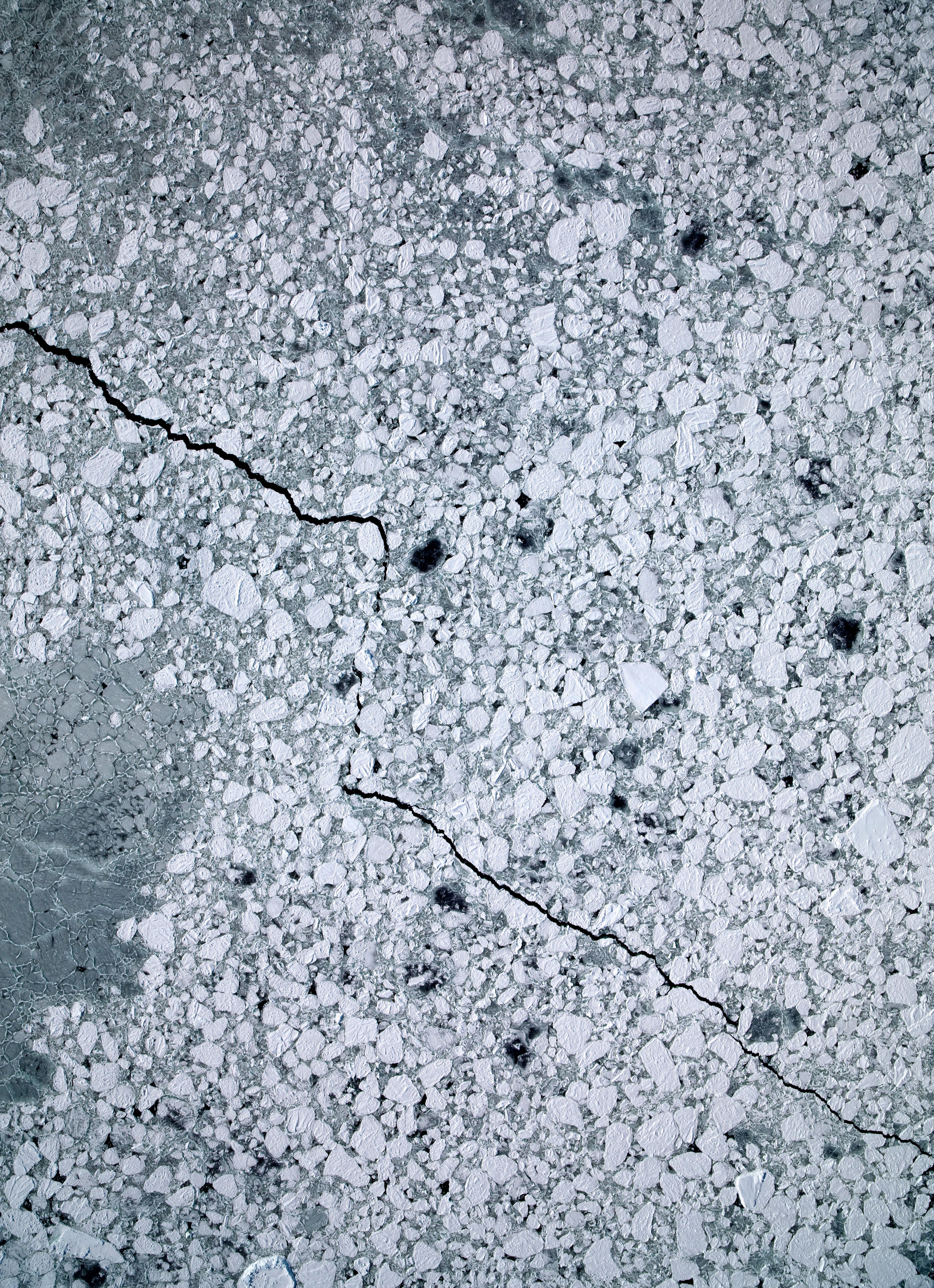
Sea ice formation activates the Antarctic ‘pump’ that drives a global network of currents. Changes in the amount and seasonal timing of sea ice interferes with this circulation that ventilates the deep ocean with oxygen and fuels much of the world’s marine productivity with nutrients.
The shrinking of the frozen ocean domain will undoubtedly affect atmospheric processes, by altering the prevalence of clouds and drastically changing the Earth’s surface heat budget.
Decreasing sea-ice coverage will increase the heat and light input to the ocean surface. This may increase phytoplankton production and growth, although the future reservoir of nutrients in surface waters is unknown. It is also not known how a reduction in Antarctic sea ice will impact the Southern Ocean’s capability to absorb heat and CO2.
The large-scale loss of Antarctic sea ice and the resulting increased exposure of ice shelves to ocean swell may trigger their rapid disintegration.4 They can calve more icebergs and even collapse when sea ice is removed.7 Ice shelves that decrease or even collapse can ‘open the floodgates’ to significant sea level rise.
Emperor penguins on sea ice (photo: Christopher Michel)
Emperor penguins on sea ice (photo: Christopher Michel)
Sea-ice loss will also translate into a loss of biodiversity. For example, iconic emperor penguins depend on sea ice to breed and raise their chicks. If emission rates are not reduced, emperor penguins will become quasi-extinct by 2100 as 98% of their colonies disappear with the loss of suitable sea-ice habitat.10
Predicted changes in sea ice and consequent ocean temperatures are expected to affect Antarctic krill, a foundational species in the Antarctic marine food web and targeted by a commercial fishery. This has serious implications for the distribution and health of the krill-based ecosystems of the Southern Ocean.
What should we do?

Our measurements show us that the deep ocean around Antarctica is warming.13 Ultimately, the loss of sea ice is consistent with warming ocean waters. This warming is caused by our greenhouse gas emissions. The only practical way to preserve sea ice, to support the ecosystems that depend on this ice, and to continue taking advantage of the Southern Ocean’s ability to store carbon and heat, is to reduce our emissions of greenhouse gases.
Dramatic changes in a seasonal cycle as critical as Antarctic sea ice underscore the urgency to reduce fossil fuel emissions and stop global heating.
Currently it does not appear that emission targets are strong enough, or that emissions reductions are happening rapidly enough, to avoid continued disruption of the Antarctic sea-ice cycle.
We need to expand our knowledge so we can predict the future of the sea-ice cycle. We also need to better understand and plan for impacts of sea-ice change on Australian and regional fisheries and weather.
We must accelerate our understanding of sea-ice processes and interactions. Satellite data are tremendously useful, but alone they cannot provide the critical information we need to understand the future of sea ice and how it interacts with the ocean and atmosphere and the consequences for ecosystems.
Field research campaigns are urgently needed. Advancing knowledge will require sustained long-term observations; icebreaking vessels equipped with sophisticated sensor suites that measure key properties of the sea ice, ocean, atmosphere and biosphere; networks of smart buoys; and autonomous robotics operating above, within and below the sea ice.
Combining observations with cutting-edge simulations will allow us to explore what different emissions scenarios mean for the future of the Antarctic region.
Collecting sea-ice samples in East Antarctica, December 2016 (photo: Delphine Lannuzel)
Collecting sea-ice samples in East Antarctica, December 2016 (photo: Delphine Lannuzel)
References
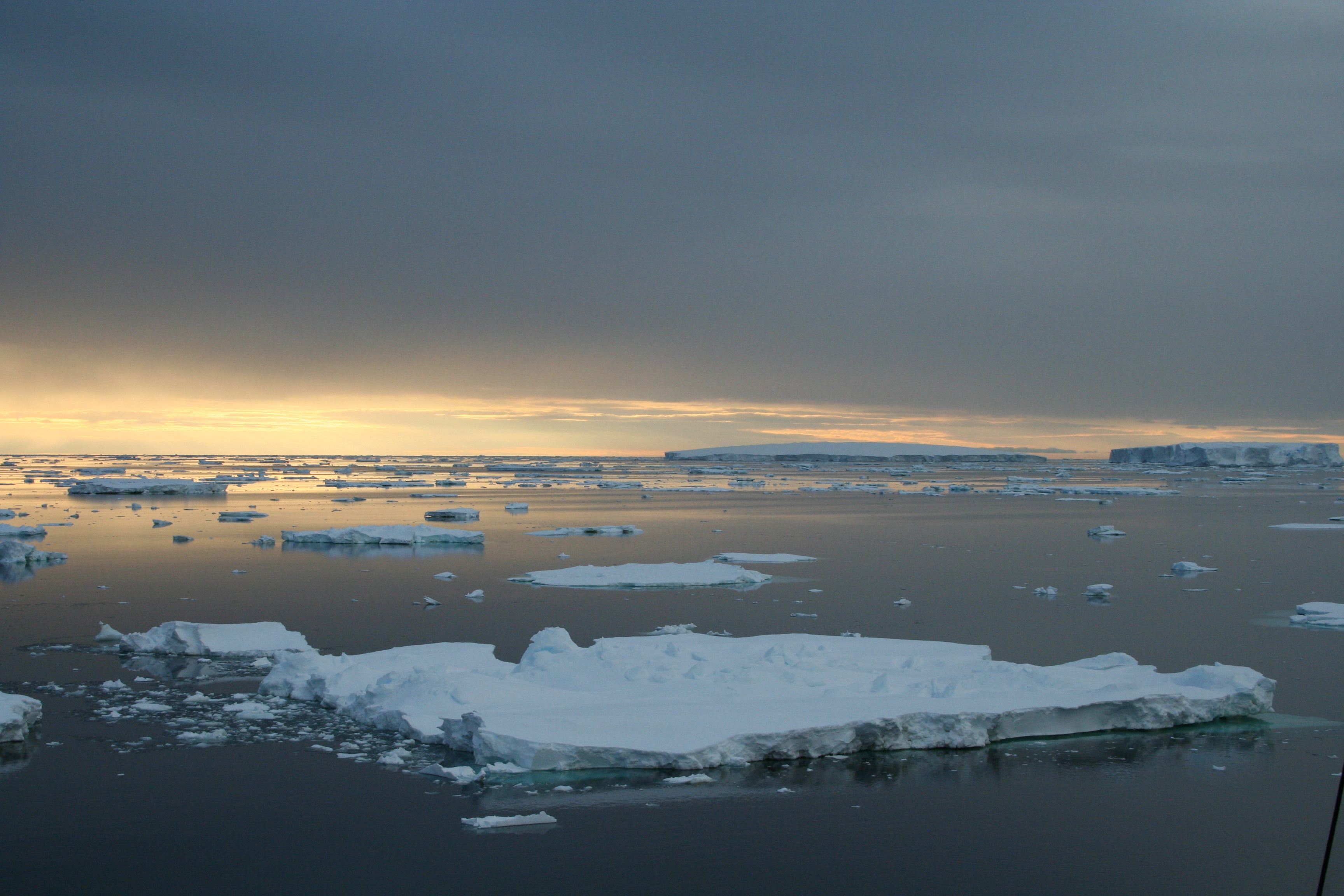
1. Eayrs, C., Holland, D. M., Francis, D., Wagner, T. J. W., Kumar, R., & Li, X. (2019). Understanding the seasonal cycle of Antarctic sea ice extent in the context of longer-term variability. Reviews of Geophysics. 57, 1037–1064. https://doi.org/10.1029/2018RG000631
2. Clem, K., R. Massom, S. Stammerjohn, and P. Reid. 2022b. Antarctic Sea Ice #1: Physical Role and Function. SCAR Antarctic Environments Portal, refereed article, https://doi.org/10.48361/tqhw-c793
3. Meredith, M., M. Sommerkorn, S. Cassotta, C. Derksen, A. Ekaykin, A. Hollowed, G. Kofinas, A. Mackintosh, J. Melbourne-Thomas, M.M.C. Muelbert, G. Ottersen, H. Pritchard, and E.A.G. Schuur, 2019: Polar Regions. In: IPCC Special Report on the Ocean and Cryosphere in a Changing Climate [H.-O. Pörtner, D.C. Roberts, V. MassonDelmotte, P. Zhai, M. Tignor, E. Poloczanska, K. Mintenbeck, A. Alegría, M. Nicolai, A. Okem, J. Petzold, B. Rama, N.M. Weyer (eds.)]. Cambridge University Press, Cambridge, UK and New York, NY, USA, pp. 203-320. https://doi.org/10.1017/9781009157964.005
4. Reid, P.A., Massom, R.A. Change and variability in Antarctic coastal exposure, 1979–2020. Nat Commun 13, 1164 (2022). https://doi.org/10.1038/s41467-022-28676-z
5. Christie F.D.W. et al, Antarctic ice-shelf advance driven by anomalous atmospheric and sea-ice circulation, Nature Geoscience (2022). https://doi.org/10.1038/s41561-022-00938-x
6. Purich, A., Doddridge, E.W. Record low Antarctic sea ice coverage indicates a new sea ice state. Commun Earth Environ 4, 314 (2023). https://doi.org/10.1038/s43247-023-00961-9
7. Massom, R.A., Scambos, T.A., Bennetts, L.G. et al. Antarctic ice shelf disintegration triggered by sea ice loss and ocean swell. Nature 558, 383–389 (2018). https://doi.org/10.1038/s41586-018-0212-1
8. Clem, K., R. Massom, S. Stammerjohn, and P. Reid. 2022b. Antarctic Sea Ice #2: Biological Importance. SCAR Antarctic Environments Portal, refereed article, https://doi.org/10.48361/8tky-2793
9. Clem, K., R. Massom, S. Stammerjohn, and P. Reid. 2022a. Antarctic Sea Ice #3: Trends and Future Projections. SCAR Antarctic Environments Portal, refereed article, https://doi.org/10.48361/4d9d-1g64
10. Jenouvrier, S., Che-Castaldo, J., Wolf, S., Holland, M., Labrousse, S., LaRue, M., Wienecke, B., Fretwell, P., Barbraud, C., Greenwald, N., Stroeve, J., & Trathan, P. N. (2021). The call of the emperor penguin: Legal responses to species threatened by climate change. Global Change Biology, 27, 5008–5029. https://doi.org/10.1111/gcb.15806
11. Fraser, C., Hulbe, C., Stevens, C., & Griffiths, H. (2020) An ocean like no other: the Southern Ocean’s ecological richness and significance for global climate. The Conversation. https://theconversation.com/an-ocean-like-no-other-the-southern-oceans-ecological-richness-and-significance-for-global-climate-151084
12. Griffiths, HJ (2010) Antarctic Marine Biodiversity – What Do We Know About the Distribution of Life in the Southern Ocean? PLoS ONE 5(8): e11683. https://doi.org/10.1371/journal.pone.0011683
13. Hobbs, W. R., Roach, C., Roy, T., Sallée, J. B., & Bindoff, N. (2021). Anthropogenic temperature and salinity changes in the Southern Ocean. Journal of Climate, 34(1), 215-228. https://doi.org/10.1175/jcli-d-20-0454.1
Contributors:
Dr Delphine Lannuzel, Dr Petra Heil, Prof Nathan Bindoff, Prof Matt King, Dr Rob Massom, Dr Klaus Meiners, Dr Edward Doddridge, Dr Will Hobbs, Dr Phillip Reid, Dr Alex Fraser, Dr Nicole Hill
Produced by Mark Horstman, AAPP
© Copyright: The Australian Antarctic Program Partnership and the ARC Australian Centre for Excellence in Antarctic Science 2023
To be cited as: Lannuzel, D., Heil, P., Bindoff, N., King, M., Massom, R., Meiners, K., Doddridge, E., Hobbs, W., Reid, P., Fraser, A., Hill, N., and Horstman, M. (2023) Science Briefing: On Thin Ice. Australian Antarctic Program Partnership and the ARC Australian Centre for Excellence in Antarctic Science, Hobart, Australia (first published April 2023, updated November 2023).
Contact: Australian Antarctic Program Partnership, Institute for Marine and Antarctic Studies Private Bag 129, University of Tasmania, Hobart Tasmania 7001
Email: aapp.enquiries@utas.edu.au
